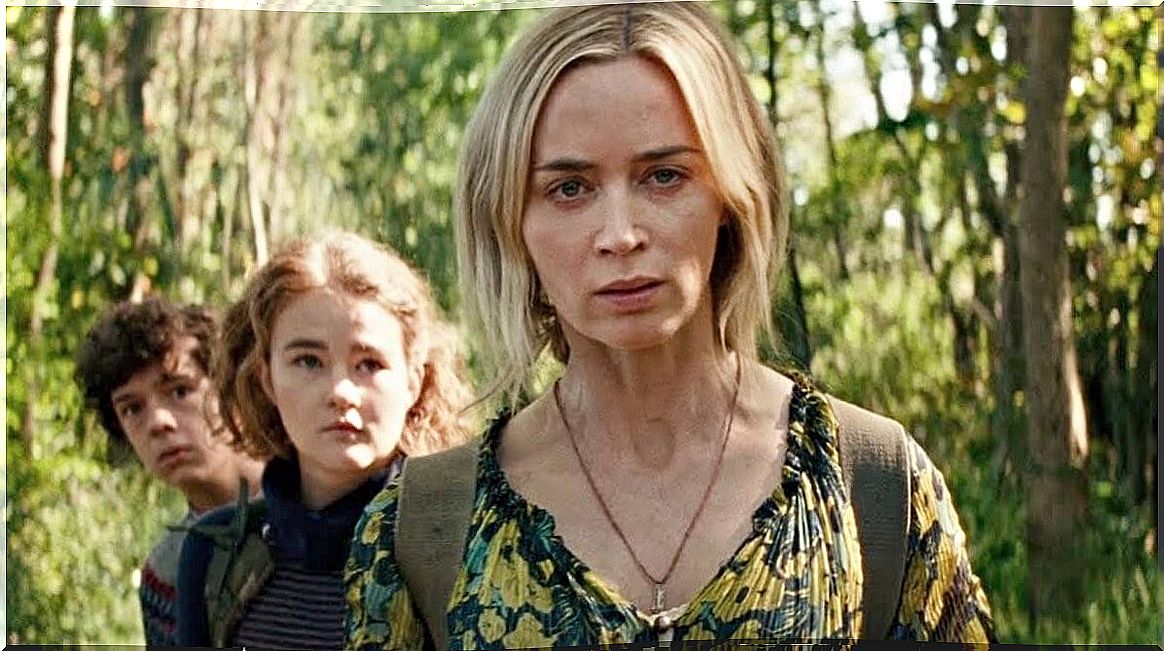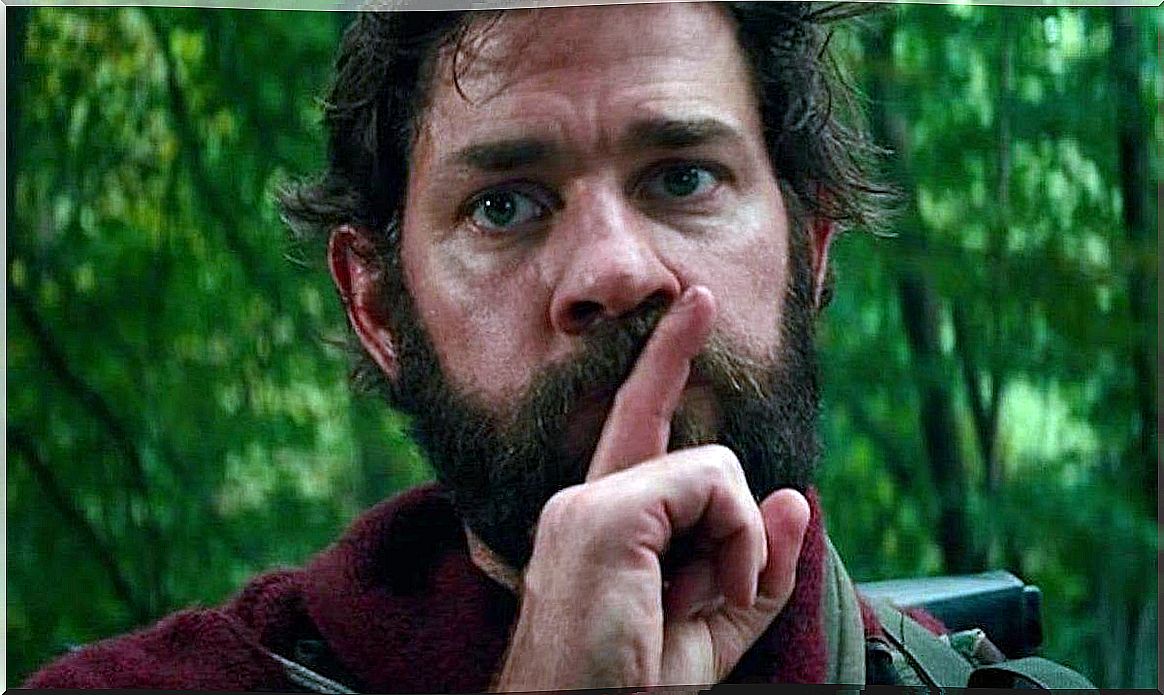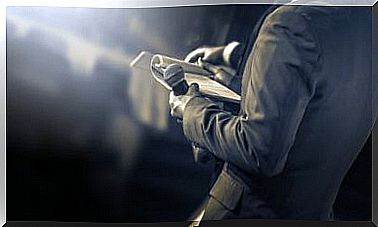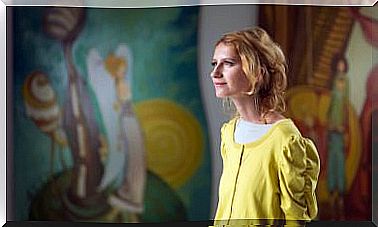A Quiet Place: Psychological Terror In Silence

John Krasinski managed to silence viewers in A Quiet Place in 2018. His blockbuster, co-written with Scott Beck and Bryan Woods, went beyond characters trying to survive without making a sound. He taught restless and terrified audiences to follow suit: he filled the theaters with silent observers.
No moviegoer would want Krasinski to repeat this horror for a sequel. However, A Quiet Place II is faster, louder, and its horror is much more literal and direct.
Following the fatal events in the house, the Abbott family must now face the terrors of the outside world as they continue their fight for survival in silence. Forced to venture into the unknown, they quickly realize that the creatures that hunt by sound are not the only threats that haunt them.
The first movie ended at its climax, with our heroes, the Abbotts, finally tipping the scales towards them after 400 days of terror under their captors. “Part II” begins with a delightfully cruel reboot, dating back to day one of all of this, when no one knew anything about what was going to happen.
A quiet place: if they listen to you, they hunt you
Co-written, directed by, and starring John Krasinski, the first film is set in a world where much of the human population has been decimated by creatures that hunt using the sound that humans make as a clue.
These crustacean-like creatures are blind, but have highly sensitive hearing and communicate with horrible rattling sounds. If they listen to you, they hunt you down.
The text on the screen tells us that it is the 89th. There is nothing that is clear, although an abandoned city and a looted supermarket indicate that a catastrophe has happened. A family of five crawls barefoot through the store, which is practically empty, communicating only through sign language.
Her ability at this point is explained by deaf daughter Regan (Millicent Simmonds), who wears a bone-anchored hearing aid through which she cannot hear anything but her own heartbeat.
After filling their bags with essential supplies, the boy, no more than four years old, delightedly shows them his find: a space shuttle. His father Lee (John Krasinski) takes the toy and removes the batteries so that it does not make sounds. Seeing the boy’s disappointment, Regan hands him the toy and no one sees him retrieve the discarded batteries.
As they walk through the woods, the inevitable happens and electronic beeps echo in the silence. Horror registers on the faces of Lee and his wife Evelyn (Emily Blunt) for a split second before something runs through the trees and kills the boy.
This opening reveals Krasinski’s sophisticated cinematic approach, establishing the premise of the film and showcasing the meticulous attention to detail that will turn his story into a masterclass in creating tension.
A life without words
After this short and heartbreaking preamble, Lee and Evelyn Abbott (Krasinski and Emily Blunt) and their two young children, Marcus (Noah Jupe) and Regan (Millicent Simmonds), have locked themselves in their secluded farm in upstate New York.
They speak almost entirely in sign language (on-screen captions are provided) to preserve silence and because Regan is deaf from birth. The actress, who is deaf in real life, is the sensation of the film and a revelation in the world of acting.
They walk without shoes to muffle any noise. Even his recreations are terrifying. They play Monopoly with felt tiles and roll the dice on the carpet.
Today, many movies are so aggressively loud that the near silence of A Quiet Place With Only the murmuring sounds of the forest to intrude is both a balm and a warning.
The most resonant moments in the film occur when the silences that lead to the most terrifying situations, as well as ingenious, are broken.
For example, when Lee, the father, ventures into the woods with his son and stands under a noisy waterfall so that his words are drowned out and the boy can scream briefly and cheerfully. Or the scene where Lee and Evelyn hug each other in a slow dance while listening, through headphones, to Neil Young singing “Harvest Moon.”
A quiet place and its silent psychological terror
The element of silence, accompanied by threatening noises, has long played a crucial role in many horror films. Fans of the genre are likely to have multiple memories. Characters trying to be quiet while monsters roam the creaky floorboards.
Those fleeting moments escalate to an almost unbearable degree in A Quiet Place . Unlike other films that try to explain their stories too much, this one leaves the audience squarely in the middle of an ongoing saga, giving only minor clues, like old newspaper headlines on the street, to indicate how family and the world at large they came to be in their situation.
Silence as an intimidating element for the public
To say that the film is “silent” would be inaccurate, since the sound effects and music play an important role in it. But the film contains perhaps 10-15 lines of spoken dialogue, which makes it the most non-silent film with the least dialogue that we can recall at the moment.
All this silence serves to sow psychological terror. Not only are you afraid that someone on the screen will make noise, but the lack of sound is transferred to the audience who wants to be as still and quiet as possible.
When characters find themselves in situations where yelling would be the norm, their inability to give in to that urge in any way makes the scenes even scarier.

A family trying to survive internal and external monsters
At 90 energetic minutes, it is one of the most ingenious, elaborate and represented horror films. The main reason for its power is the family crisis at its core. What if the movie is about much more than just scaring us off?
John Krasinski, who co-stars, directed, and co-wrote the script (with Bryan Woods and Scott Beck), understands a crucial thing that gets lost in too many horror masters: The more we care about people in a horror movie, the scarier and more imposing. emotionally it becomes the experience.
The fact that Krasinksi and Blunt are married, have two children, or that Simmonds is actually deaf gives the film a rare truth in horror films. I think it explains the deep emotional investment it causes in the viewer.
What would we do?
The stakes in the film can be summed up when Evelyn, speaking of the dangers her children face, tells her husband: “Who are we if we can’t protect them?” It is the elemental lament of all parents who fear what awaits them.
We are constantly forced to ask ourselves: “How would we handle this situation?” Because Evelyn is also pregnant, the impending birth, however carefully prepared she may be, she can’t help but send a chill down the screen.
What should be a joyous event will be the opposite. And yet, the birth itself is a metaphor for the courage and regeneration of the family.
In addition, the film that also plays as an allegory about protection, paranoia and power. What makes it a classic is that A Quiet Place transcends its horror genre even when it delivers.









